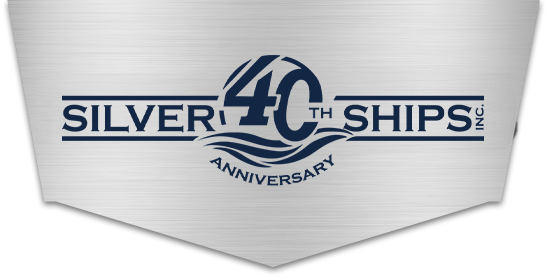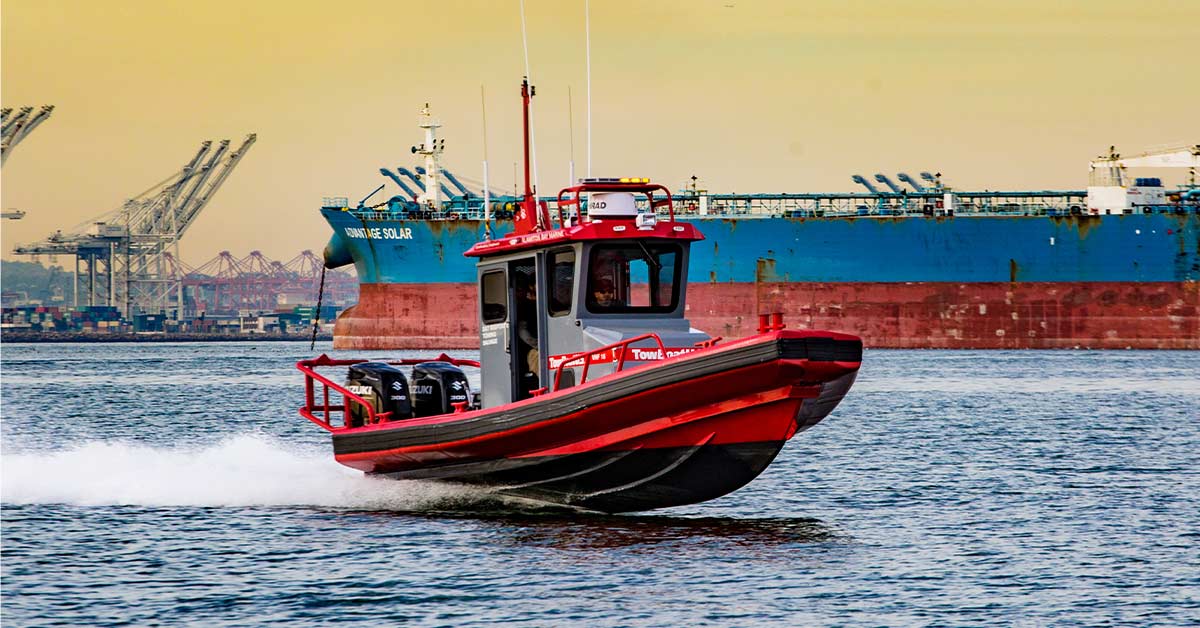Marine Towing and Assistance: Assessing Your Fleet
The inland towing and marine assistance industries are comprised of many small businesses, each with a unique customer base and business goal. Business owners can focus on anything from standard towing to repair and refurbishment. Their missions include salvage, ungrounding, vessel recovery and partnerships with government agencies and environmental recovery.
Daily tasks like dispatching and general management take up most of a business owner’s time, so it’s imperative to have a functional and mission-ready fleet. When assessing the readiness of your fleet, it’s important to consider cost, overall business model and the conditions you’re operating in.
A Vessel Tailored to Your Business Model
When deciding whether to buy new, update an existing vessel or purchase used, it’s critical to consider not only cost but also how the decision impacts your overall business model. The vessel you buy should be the one that best fits your business’s services, and the features on it should suit the missions you focus on.
Consider the following questions as they relate to your business model when deciding on a new, used or refurbished vessel:
- Are you focused on short range, quick response towing?
- Are you looking for power over speed for greater ability to conduct salvage or ungrounding?
- Do you want to increase both speed and range to expand coverage?
- Are there capability and coverage gaps in your service area that you could fill in with an ungraded vessel?
- What does the vessel need to get the job done on the water?
Pricing, Timing and Mission-Readiness
The three main options for upgrading your fleet are buying a new vessel, refurbishing an existing vessel or purchasing a used vessel. Each option has pros and cons that are largely dependent on the required mission of the vessel and costs associated.
The most important things to consider when it comes to cost are:
- How much is being spent on maintenance for a failing vessel?
- What is the cost of a used vessel that might not fit mission requirements?
- How much is a new vessel that meets all mission needs?
It’s also important to consider the time it will take to repair or refurbish a vessel, as well as the variables that come with using an outside source to repair the vessel. It can take more time than expected to find a used vessel, update it and finally get it out on the water. It takes far less time to purchase a new vessel that is ready to go from the start, but it isn’t as cost effective.
Mission and Vessel Build Considerations
Towing operations differ based on location, with inland operators and offshore operators facing different challenges. Inland operators work in more shallow water situations, natural debris and contact with recreational boaters. It’s important that they’re able to stay on the water for long periods of time and can respond quickly. On the other hand, offshore operators work with larger vessels, larger bodies of water and both commercial and recreational boaters. Their missions may require more power and range to reach boaters who are farther off the coast.
Focusing on Solutions for Tow Boat Business Owners and Operators
With each tow boat fleet offering unique services to customers, the fleet should operate with minimal downtime. This requires considering the benefits of updating vessels for maximum efficiency and reliability.
Silver Ships offers multiple series of aluminum workboats that are custom designed and constructed for each operator’s mission, including towing and marine assistance. The Ambar series is most common for towing customers, especially those who operate offshore. The Explorer landing craft series is a sound choice for inland operators looking for a heavier load capacity and shallow water capabilities. With 35 years of workboat building experience, Silver Ships is committed to helping tow boat business owners and operator safely and effectively serve their customers.


